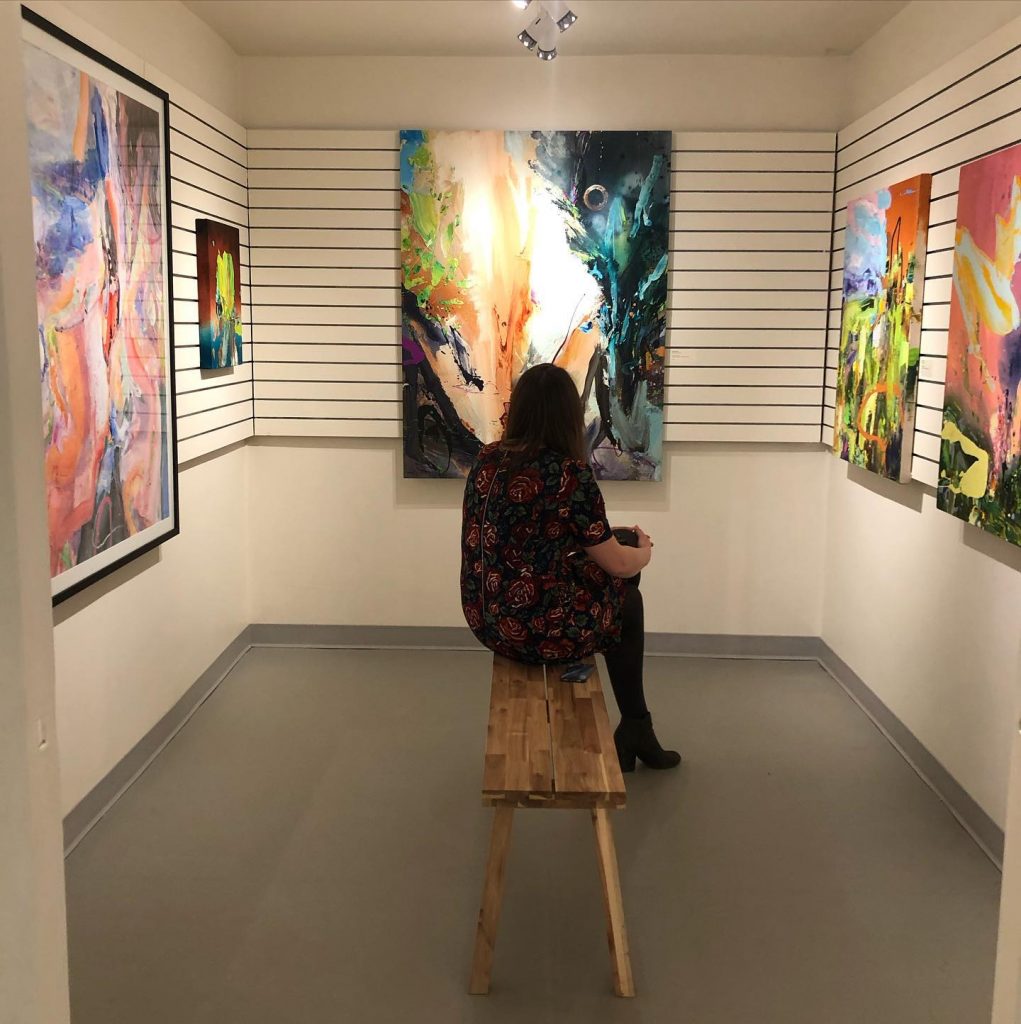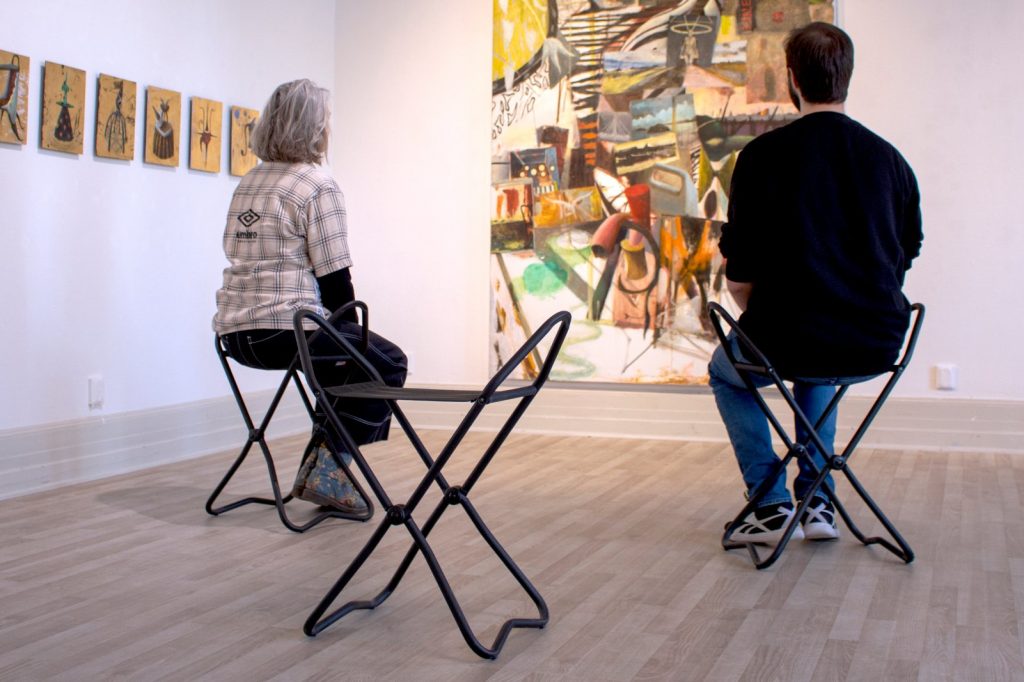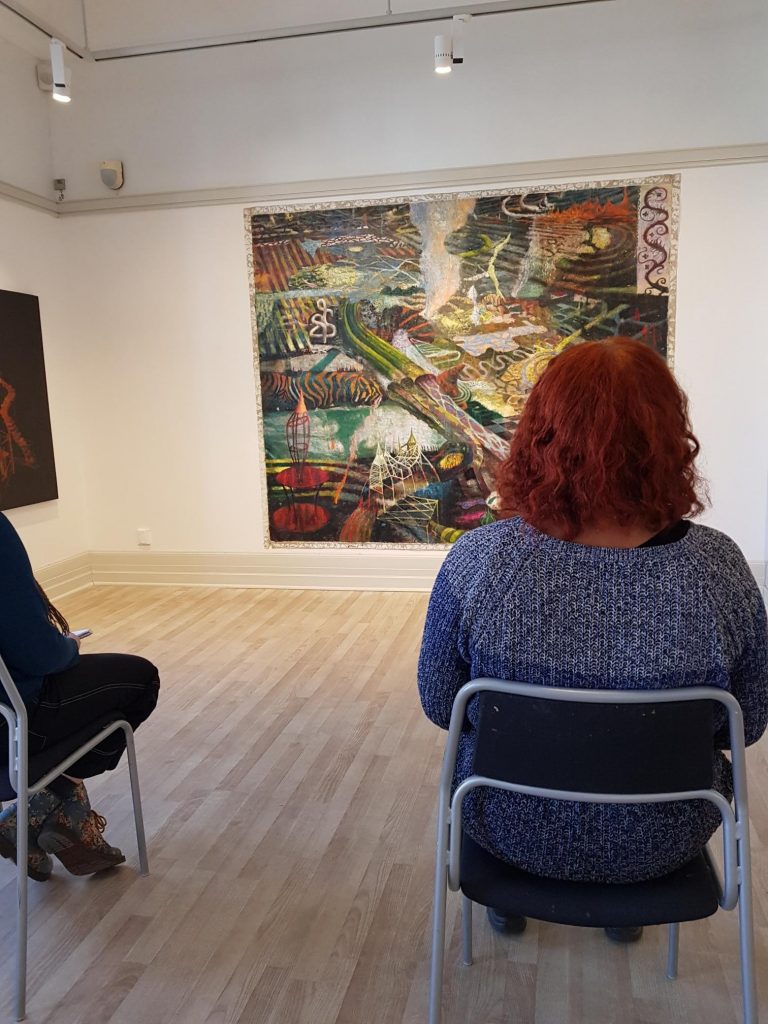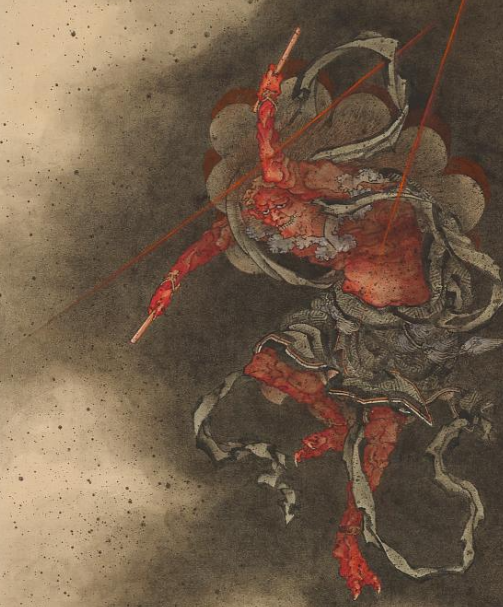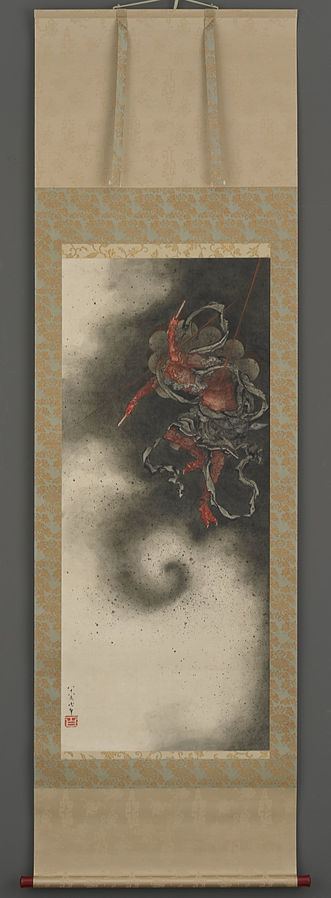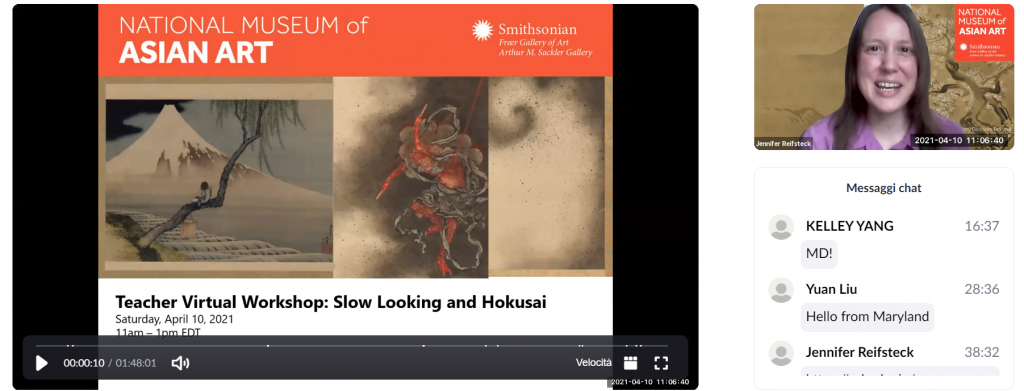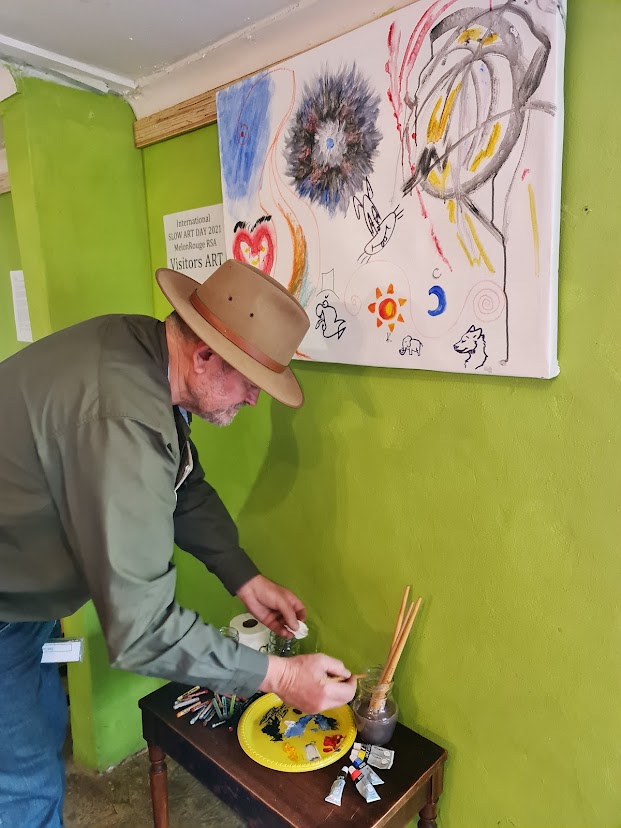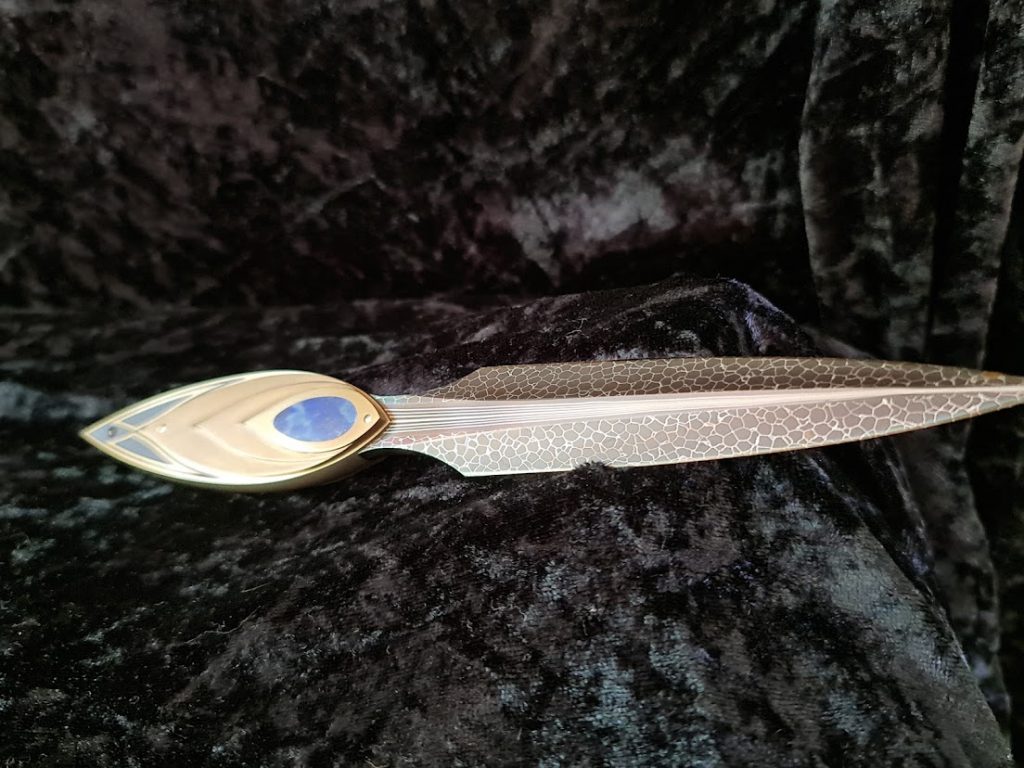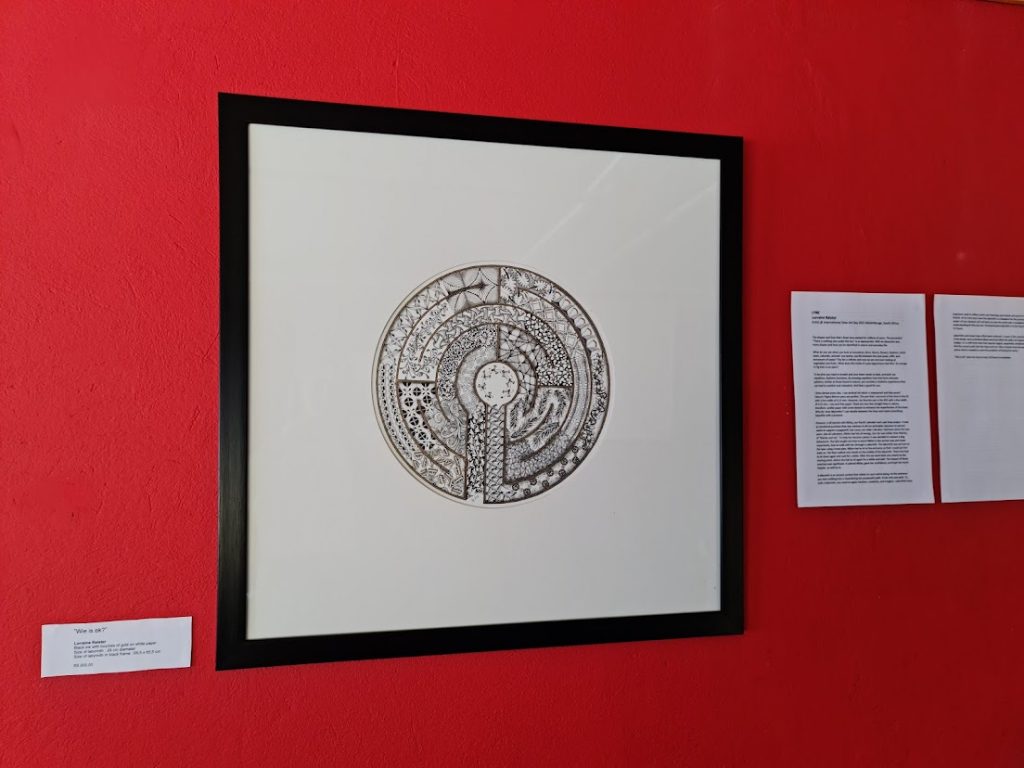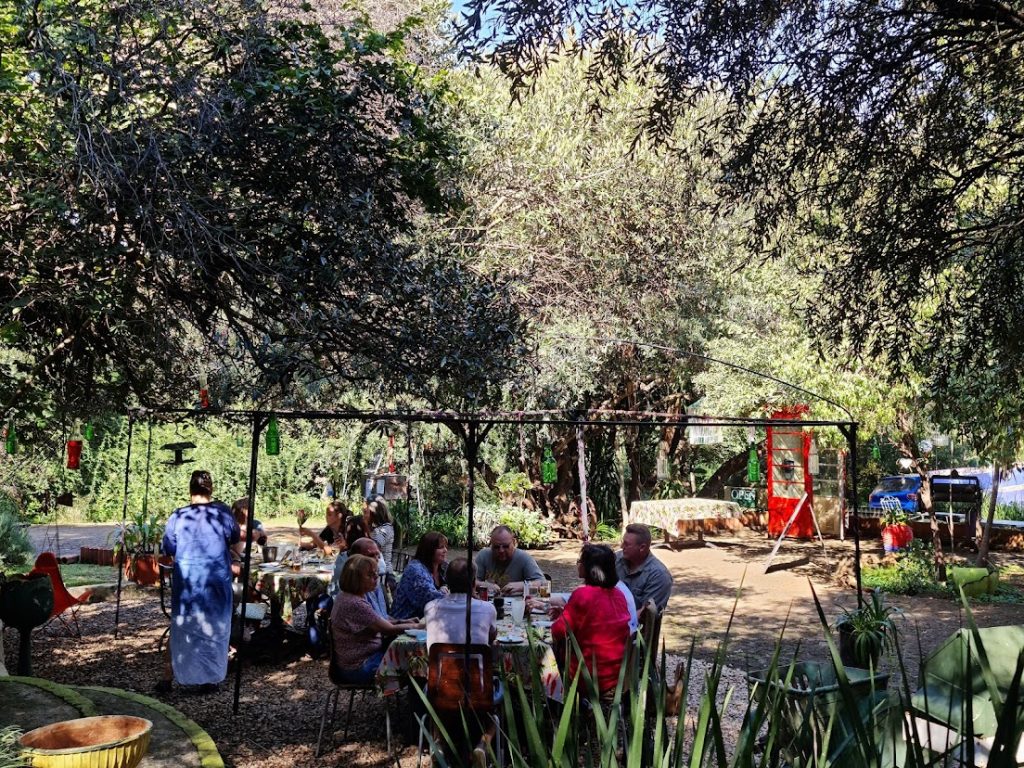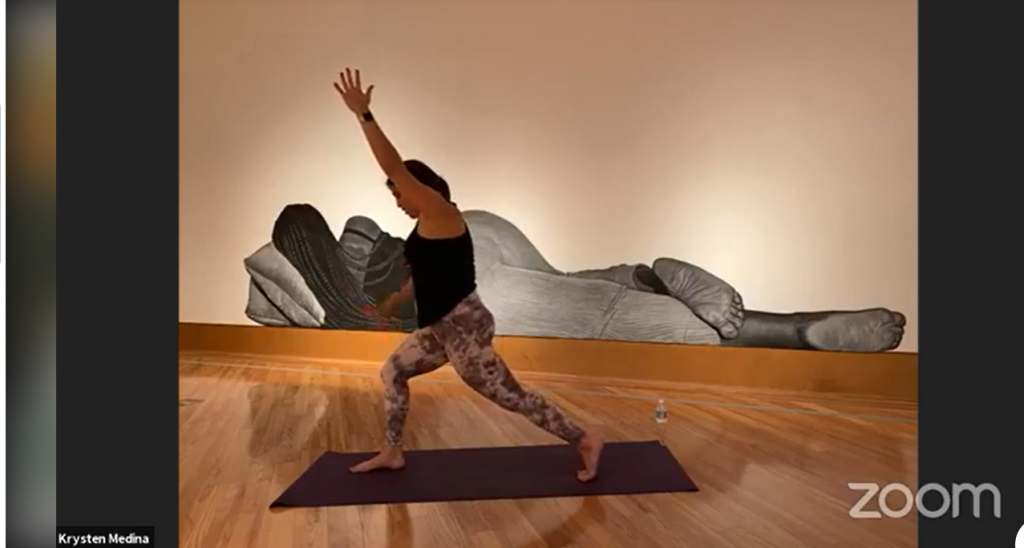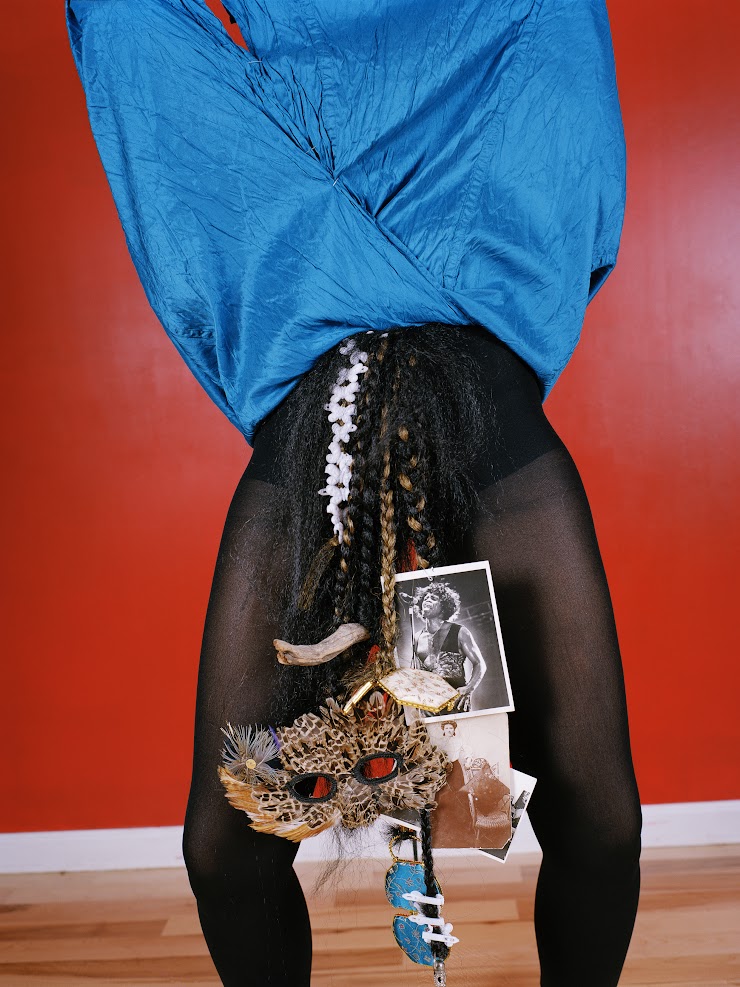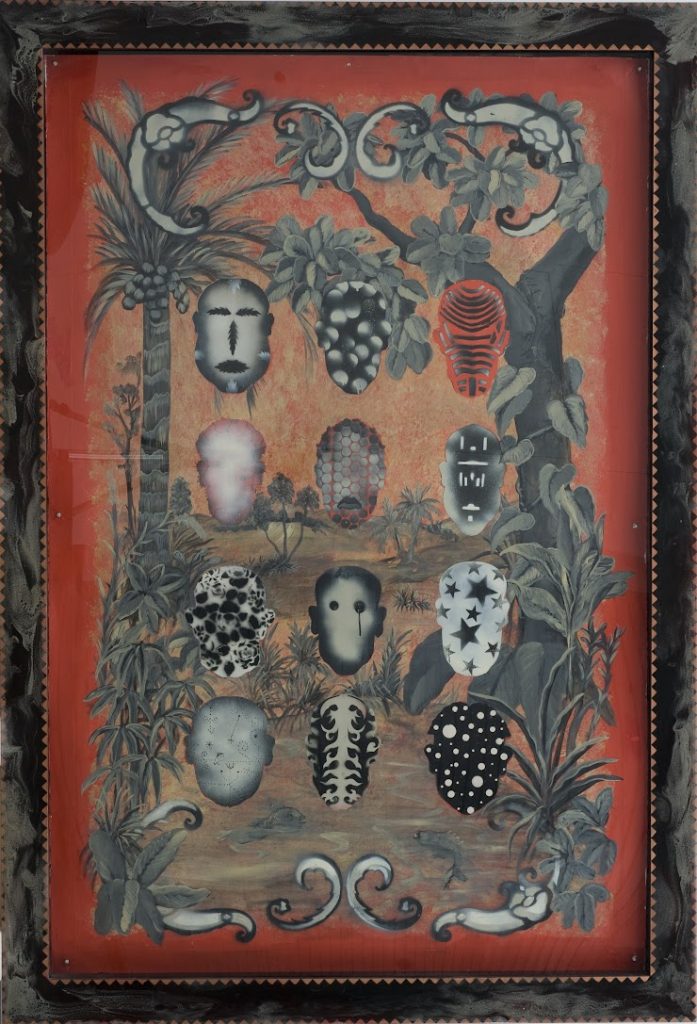On April 10, 2021, the Philadelphia Museum of Art in Philadelphia, Pennsylvania, hosted both in-person and virtual sessions for their 7th Slow Art Day.
For the in-person activity, visitors were first introduced to the concept of slow looking, and were then invited to practice what they learned as they walked through the museum. Participants were encouraged to share their experiences on social media and tag the museum with #PMASlowArtDay.

The virtual event consisted of four separate Zoom sessions focused on slow looking, writing, making, and mindfulness.
Slow Looking
For the slow looking session, participants were encouraged to use a naturalist’s attention to detail when looking at still life paintings. Using tools like the Google Art & Education app allowed them to zoom in and experience works of art in a different way compared to in-person.

Still Life with Flowers, Shells, a Shark’s Head, and Petrifications. Oil on canvas, 42 1/2 × 34 9/16 inches (108 × 87.8 cm) [from the Slow Looking Zoom session hosted by the Philadelphia Museum of Art, 2021]
Slow Making
The Slow Making session took the form of a workshop inspired by the work of artist Judith Rothschild. For this session, participants cut and collaged materials to create their own mixed-media work of art, which resulted in the works you see below.
Slow Writing
For this session, participants were guided in a communal writing exploration of portraits in the museum’s exhibition Painting Identity. Participants were asked to imagine and write about the subjects’ identity.
‘Museum Mindfulness’
For this virtual session, the Yogi, martial artist, and body worker J Miles of Maha Vira Yoga encouraged participants to find their inner calm with a slow, guided look at a selection of works from the PMA’s collection. This section had a more internal approach compared to the other three sessions.
The events were well received, and the virtual participants responded positively to the PMA survey on Slow Art Day:
“The programs will make me more mindful when visiting the museum. I appreciated the opportunities to look more deeply at works of art that I might have otherwise skipped by.”
Participant’s quote
“A lovely creative and mindful way to start my day”
Participant’s quote after attending the Museum Mindful Session
“Taking time to smell the virtual flowers and using Google Art & Education app to zoom in on every area of a painting; seeing that each component had significance in the painting.”
Participant’s quote after having attended the Slow Looking session
“…slowing down & listening to/reading other participants comments, seeing their creations… is very rewarding and opens new vistas.”
Participant’s quote after having attended the Slow Making session
“Very creative and uplifting. I felt renewed and encouraged, and also came up with some ideas for my own teaching”
Participant’s quote after having attended the Slow Writing session
At Slow Art Day HQ, we want to thank the Philadelphia Museum of Art for hosting yet another wonderful event. The range of activities they designed inspire us and educators around the world to consider creating multiple workshops and experiences for Slow Art Day.
We look forward to whatever creative designs the Philadelphia Museum of Art comes up with in 2022.
Johanna, Jessica, Ashley, and Phyl
PS. For further information on the museum’s events you can follow their social media accounts: Facebook, Twitter, Instagram.



